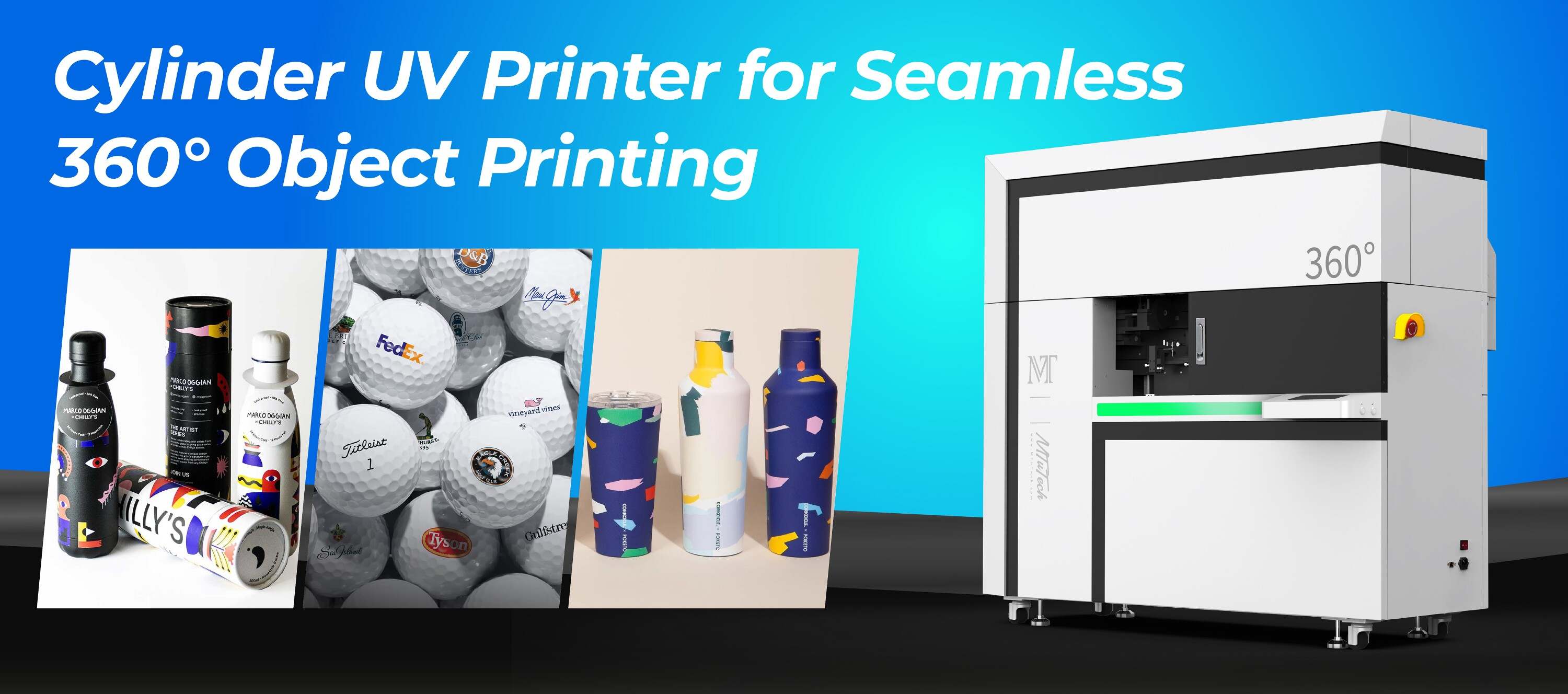What File Types Work Best for Tumbler Designs?
Introduction
Creating stunning tumbler designs requires more than just creativity; it also demands the right technology and file formats. Whether you are a professional designer or a DIY enthusiast, understanding the suitable file types for tumbler designs is critical in ensuring your artwork is transferred perfectly onto the drinkware. In this blog post, we will explore the different file types that work best for tumbler designs, how they affect the final product, and tips for the best results.
Understanding Tumbler Printing Technologies
Before delving into the file types, it's essential to understand the various printing technologies used in tumbler design. Key methods include:
·
Sublimation Printing: Ideal for photorealistic designs, sublimation transfers dye onto the surface of the tumbler. This method requires specific file formats.
·
·
Screen Printing: This traditional method applies ink directly onto the tumbler, often suited for simpler designs with fewer colors.
·
·
UV Printing: Utilizes UV light to dry the ink instantly on the tumbler's surface, allowing for vibrant prints that withstand the elements.
·
Best File Types for Tumbler Designs
Different printing techniques require different file types. Below are some of the most compatible file formats for tumbler designs:
1. PNG (Portable Network Graphics)
PNG is one of the most popular file formats for tumbler designs. It supports transparent backgrounds, which is beneficial for overlaying designs onto colored tumblers. Here are some advantages of using PNG files:
·
High-quality images without loss of detail.
·
·
Support for transparency, enhancing design flexibility.
·
2. JPEG (Joint Photographic Experts Group)
JPEG files are widely accepted due to their balance between image quality and file size. While JPEG does not support transparency, it is suitable for designs with gradients and complex images. Key reasons to use JPEG include:
·
Compact file size, ideal for online sharing.
·
·
Sufficient quality for designs without transparent elements.
·
3. SVG (Scalable Vector Graphics)
SVG files are vector-based, meaning they can be scaled without losing quality. This file type is particularly useful for intricate designs and logos. Benefits of SVG files include:
·
Scalability without loss of quality.
·
·
Editable in vector graphic software.
·
4. AI (Adobe Illustrator)
AI files are created in Adobe Illustrator and are ideal for professional graphic designers. This vector format is great for detailed artwork and offers full compatibility with layering and editing. Advantages of AI files include:
·
High-resolution artwork with complete editing capabilities.
·
·
Perfect for complex designs that may need alterations.
·
5. EPS (Encapsulated PostScript)
Similar to AI, EPS files are often used in professional design for their scalability and versatility. They are highly compatible with a variety of design software, making them a favorite among graphic designers. Benefits of EPS include:
·
Quality retention at various sizes.
·
·
Great for multi-color printing processes.
·
Tips for Preparing Your Tumbler Design Files
Now that we've discussed the best file types, it’s essential to follow some tips for preparing your files to ensure optimal printing quality:
1. Resolution Matters
Ensure your designs are in high resolution; a minimum of 300 DPI (dots per inch) is recommended. This helps in achieving sharp and clear prints.
2. Color Mode
Use the CMYK color mode for print designs rather than RGB. CMYK is specifically designed for color printing and produces more accurate colors on physical products.
3. File Permissions
Always check the permissions of the file when working with vector formats. Ensure that all fonts are either converted to outlines or embedded properly to avoid any issues during printing.
4. Test Prints
Whenever possible, conduct test prints to verify that colors, dimensions, and other aspects of your design appear correctly on the tumbler. This step is crucial for large orders.
Conclusion
Choosing the right file type for your tumbler designs is crucial for ensuring the final product reflects your creative vision. From PNG and JPEG to SVG, AI, and EPS, each format serves its purpose depending on the design complexity and printing methods employed. By understanding these file types and following best practices for preparation, you can achieve stunning tumbler designs that captivate customers and stand out in the market.
For those looking to elevate their tumbler printing with the best technology, consider checking out options that meet your design needs. Explore our high-quality Tumbler printers here and take your designs to the next level.
FAQ
What is the best file format for detailed tumbler designs?
The best file formats for detailed tumbler designs are SVG and AI, as they are vector-based, allowing for scalability and maintaining quality across sizes.
Can I use a JPEG file for sublimation printing?
Yes, you can use a JPEG file for sublimation printing, provided that the image is high-resolution and your design does not require transparency.
Why is PNG preferred for logos and designs with transparency?
PNG is preferred for logos and designs with transparency because it supports transparent backgrounds, enabling seamless integration with various tumbler colors and styles.
How do I convert a file to EPS or AI?
To convert a file to EPS or AI, you can use software like Adobe Illustrator to open the file and then save or export it in the desired format.
What resolution should my design be for tumbler printing?
Your design should be at least 300 DPI (dots per inch) for high-quality printing on tumblers, ensuring clarity and sharpness.

